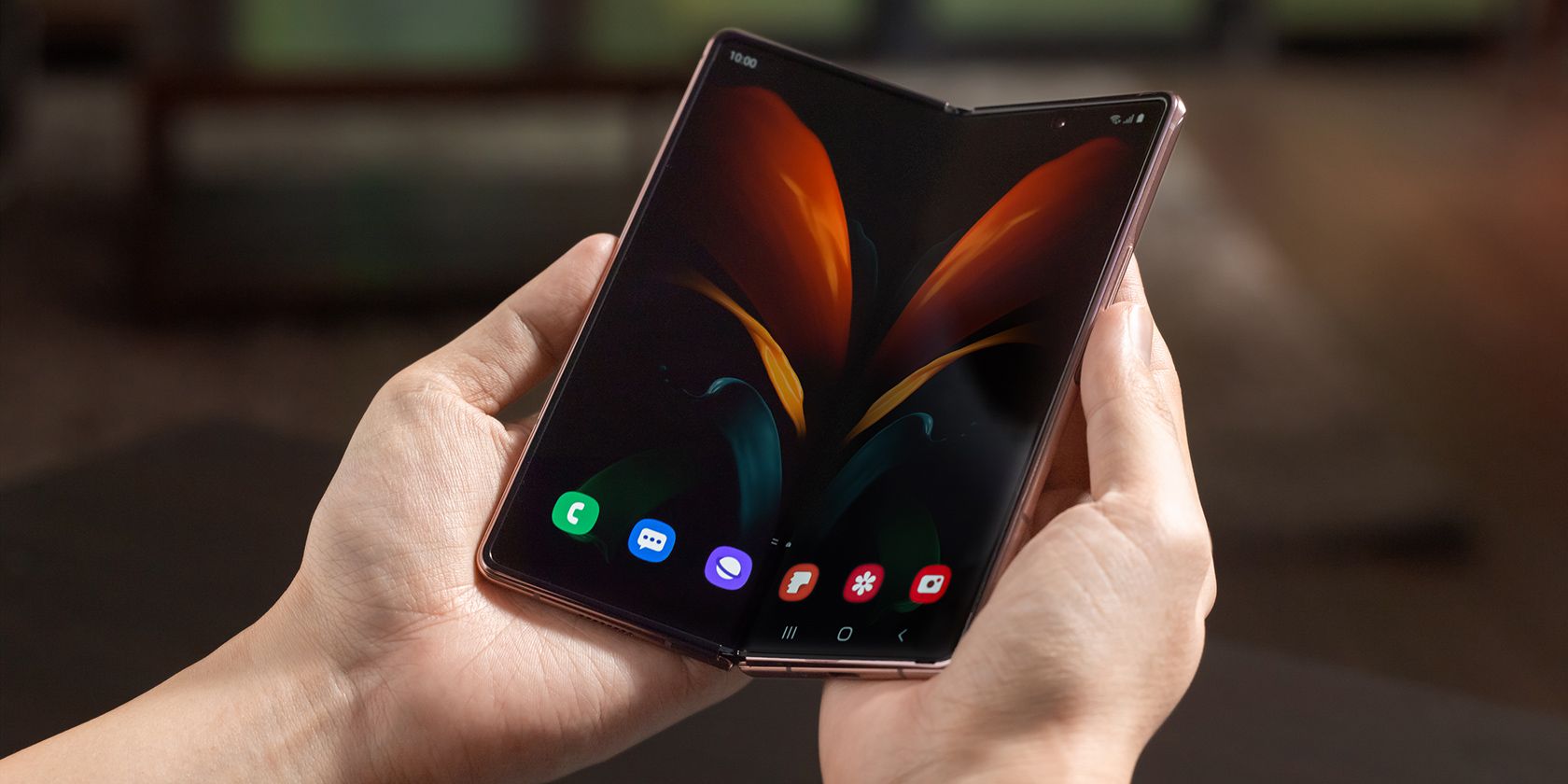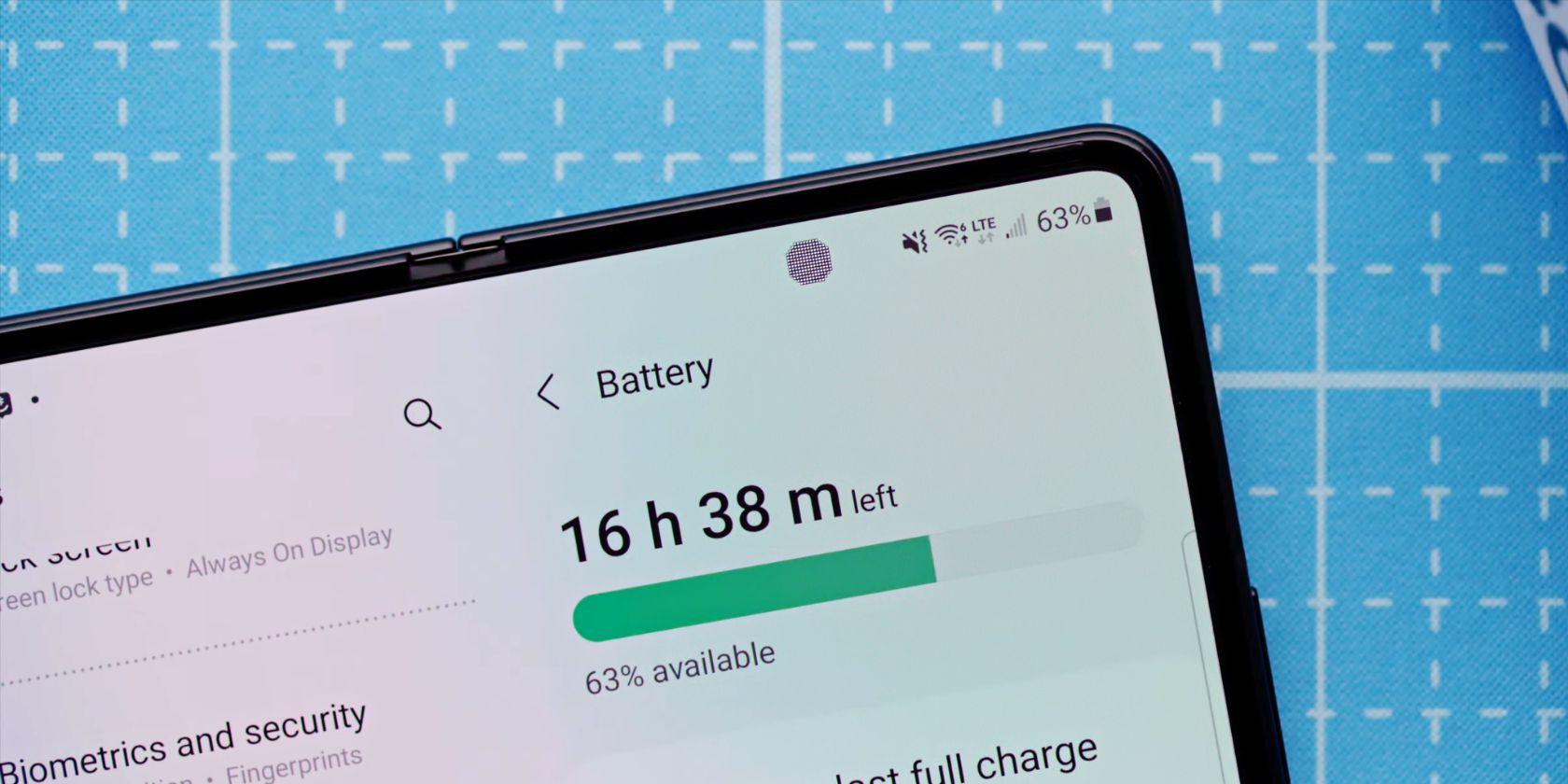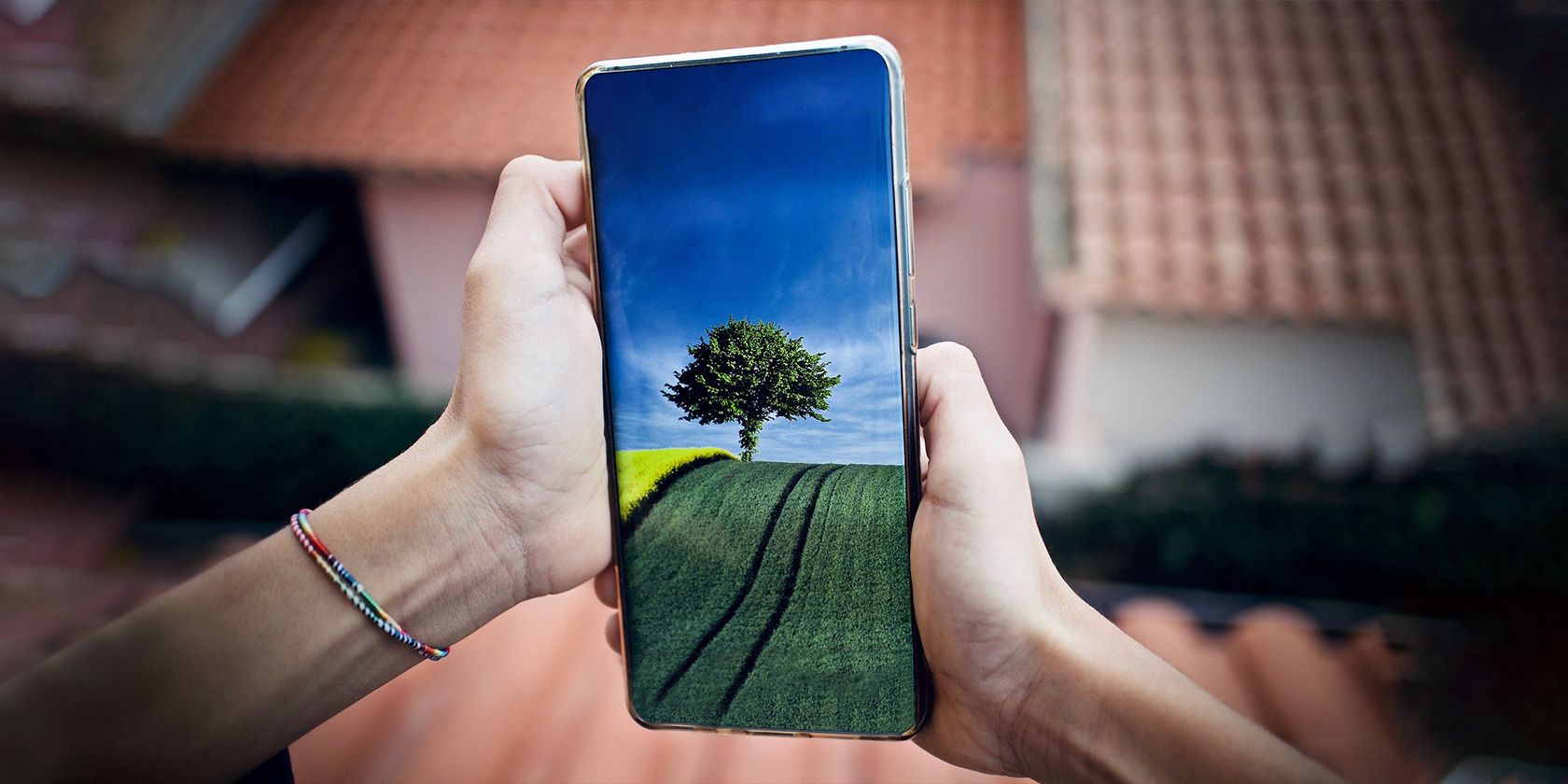From the likes of the iconic Nokia 3310 of the early 2000s to the latest Galaxy S22 Ultra of 2022, smartphones sure have come a long way. With so many believing that smartphone innovation has peaked, these modern handsets can sometimes seem boring.
However, we believe the best is yet to come; here are six features we want to see in future smartphones that will transform how we use them.
1. Graphene Battery
If there's one thing that almost all smartphone users complain about, it's battery life. Sure, your phone may have a 5000mAh battery, but it's still made from lithium-ion, which means it's going to degrade to the point of causing hassle in about three years anyway.
In comparison, graphene is a much better material to make batteries because it's lighter, tougher, more flexible, more conductive, and has a higher capacity. This means slimmer phones, longer battery life, faster charging, slower degradation, and less overheating for consumers.
We haven't seen a mainstream flagship carry a graphene battery yet, but we do know that Samsung has been working on the tech for a while now. So, there's room to believe that we may see a Samsung device come with a graphene battery in the next few years.
2. Improved Under-Display Front Camera
We've already seen many smartphones come with an under-display camera, such as the Galaxy Z Fold 3, the ZTE Axon 30, and the Xiaomi Mix 4, but the tech is still far from being good enough for mainstream flagships.
At best, you can get shots that look somewhat usable (but still disappointingly blurry) under ideal lighting conditions, but in low-light or other challenging conditions, the image quality falls apart rather quickly.
So, to counter this limitation, we use aggressive image processing algorithms to sharpen the image and cut the blur. But a side effect of this workaround is that the chances of your selfie photos and videos looking over-processed are also greater.
Software alone can't make up for hardware deficiencies; we need to improve display panels. Among other features that are set to disappear from flagships in the next few years, the front camera cutout is the one that we want to see removed.
3. Truly Bezel-Less Display
It's not just the front camera cutout that needs to go, but also the chin. Smartphone chins exist because the component that connects the display panel to the motherboard sits at the bottom. You must've seen that budget and mid-range phones often have huge bottom bezels. The good news is that we already know the solution to this problem; the bad news is that it's expensive.
You see, with the launch of the iPhone X in 2017, Apple showed how it managed to minimize the bottom bezel by folding the display panel back into the device itself. This way, the component that connects the display to the motherboard doesn't need to be at the bottom but rather sits behind it—giving the device a nearly bezel-less look.
Although Apple has removed the bottom bezel, its top bezel continues to look obtrusive on the iPhone 13 series. That's why Android smartphones have more to gain with this upgrade. With the bottom chin gone and the front camera cutout removed, you can expect a beautiful, fully bezel-less display.
4. Over-the-Air Wireless Charging
We've expressed our disapproval towards wireless charging before because the tech doesn't deliver on its promise. The end goal of any battery tech is to relieve you of the stress of having to worry about your battery life, including the pain of charging it. In other words, a good battery makes you forget about it.
With the wireless charging tech that we have today, you still have to keep your phone in one place, i.e., the charging dock, for your device to draw juice. As soon as you pick up the device, the charging stops. Ideally, your phone should charge without you having to move.
Although we've already seen some companies, including Xiaomi and Motorola, demonstrate their true wireless charging prowess, the tech needs more time to become commercially available. Combined with a graphene battery, battery problems will be a thing of the past.
5. Less Bloatware
Almost every tech gadget comes with bloatware. While iPhones and stock Android phones offer clean software, cheaper Android phones have useless pre-installed apps that take up your storage and run in the background to eat your battery.
Bloatware is one of the most prominent reasons Chinese phones are so cheap compared to other Android alternatives. By letting carriers dump their apps in the software, OEMs can cut their margin on hardware—incurring greater sales.
If all you want is a good deal when buying a budget phone, bloatware is a tolerable pain; but it's absolutely unacceptable for mid-range phones and flagships. We wish this problem disappears as soon as possible; the lesser the bloatware, the better.
6. Reduced Carbon Footprint
Talking tech is impossible without mentioning its adverse effects on the environment, and the smartphone industry is no stranger to this fact. Today, many tech giants have made it a part of their mission to reduce their carbon footprint by using recycled materials in the manufacturing process and rethinking the supply chain. And while that's a good initiative, it's not enough.
Alongside using more recycled materials, we also need to make phones more repairable and offer longer support for OS updates. For instance, Samsung now offers four years of software support for its 2021 and 2022 flagships which is a step in the right direction. But it's still nowhere near what Apple offers for its devices.
Modern smartphones are already powerful enough that you don't need to replace them every three years. People often replace their phones due to the obsolete battery, so you can replace the battery to make your phone feel new again without buying a new one. Simply using your phone for longer is the best way to minimize your carbon footprint.
The Best Is Yet to Come for Smartphones
Smartphones are one of, if not the fastest-growing technology of our times. Although it won't happen overnight, introducing the above features will push us into the next era of mobile technology: an age where phones can last for up to one whole week of use, are less harmful to the planet, have a truly uninterrupted display, and offer a seamless software experience.





